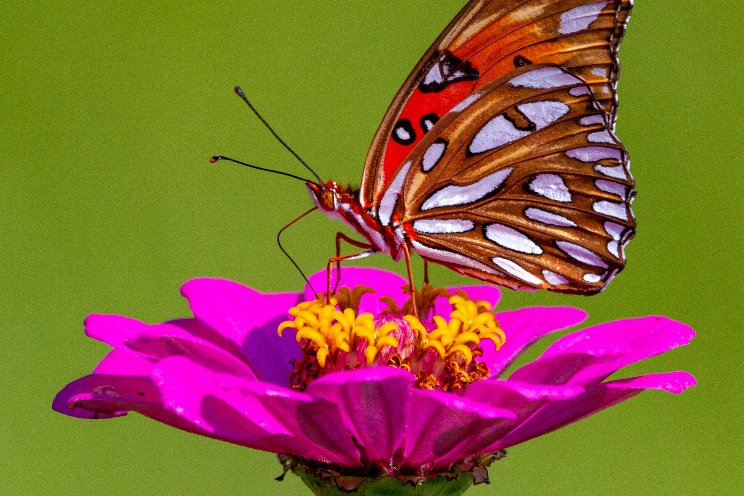Fertilizing North American native prairie plants
Added on 27 April 2023

The goal of any commercial greenhouse containerized perennial producer is to grow crops that finish with a size appropriate for their container, with healthy looking foliage. While there are several factors that can affect this goal, managing mineral nutrition through fertilization can affect crop growth and finished appearance. Fertilizer formulation and concentration directly affect the pH and electrical conductivity (EC) of the root zone, and selecting the appropriate regime to achieve the target finished size and appearance is important. We can look to production books and technical sheets for fertilizer recommendations for commercialized species and cultivars, but this kind of guidance does not exist for most native prairie plants that are new to cultivation.
We recently set out to determine how fertilizer formulation and concentration affected the growth and appearance of six different species of North American native prairie plants.
Comparison of Six Native Prairie Species
We selected six different species of North American native prairie plants, both grass and broadleaf species. For grasses, we selected big bluestem (Andropogon gerardii) and blue grama (Bouteloua gracilis). For broadleaves, we chose pale purple coneflower (Echinacea pallida), butterfly weed (Asclepias tuberosa), upright prairie coneflower (Ratibida columnifera), and sweet coneflower (Rudbeckia subtomentosa). All species were received as 288-cell plugs from a commercial plug producer. Seedlings were transplanted into 4.5-inch containers filled with a commercial soilless substrate comprised of coarse ground sphagnum moss and coarse perlite.
Photo by Joshua J. Cotten on Unsplash
More news















